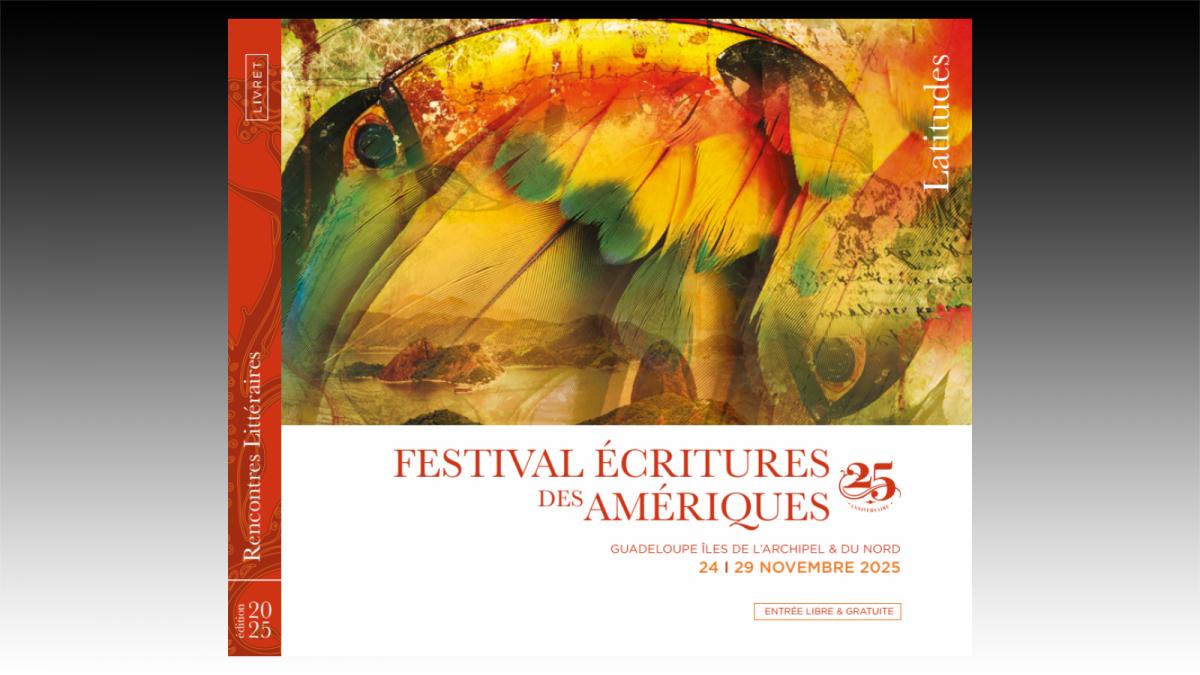How Indian Spices Became a Foundational Ingredient in Trinidadian Cuisine
Ramin Ganeshram ("Eating well")

Trinidad & Tobago may only be 7 miles off the coast of Venezuela but the country that's had an outsize influence on its food is India. Foodways historian Ramin Ganeshram explains how that came to be.
The best part of the childhood summers I spent on my father's home island of Trinidad was trailing behind him on his visits to the market to shop for his older sisters. All around us, tables were laden with the riotous hues of red Scotch bonnet peppers, orange pumpkins and mangoes, yellow bananas, rich purple eggplant, green long beans—called by their Hindi name, bodi—bitter melon, spinach and other edible leaves. Sometimes the colors were so bright they hurt your eyes.
My favorite stop, though, was one particular spice stand—I've long forgotten the name, it was 40 years ago, after all—with its huge barrels of spices: cardamom, turmeric, cinnamon, cumin. The owners, three brothers of East Indian descent, sold their wares with a singularly Trinidadian marketing technique—by freestyling calypsos (storytelling songs native to the island) about the superiority of their spices. In those days, many folks were still mixing their own curry— a key ingredient in much of the island's cuisine. The brothers had their own special blend, a recipe that had been a part of their family since their ancestors first arrived in Trinidad as indentured laborers in the 19th century.
Their story is similar to my family's. At least three of my father's grandparents traveled from Punjab, India, to Trinidad in the 1850s. As bonded field workers, they farmed sugar and cocoa fields for the English who, needing an other cheap source of labor following the end of slavery in their colonies, looked to other brown nations like India and China. Along with half a million others, theirs was a story of British imperial hegemony, which moved Indian people across the globe as indentured laborers to places like Trinidad and Guyana in the Western Hemisphere and Fiji and Mauritius in the Southern Hemisphere. In the Caribbean, my Indian ancestors took over where slavery left off.
My great-grandparents' immigration was a forced one, the details of which are murky. Poverty, starvation, oppression and deception all surely played a part. Once they arrived in Trinidad, they suffered the brutality of the plantation system. Still, they found ways to sustain their heritage by retaining their languages (which became pidginized in later generations), wearing native clothes and worshiping their gods.
India remained a distant memory kept alive by the foods they eked out despite desperate poverty. Curry became a stand-in for Indianness at large. Ingredients like rice, turmeric, cardamom, yogurt and ghee, along with typical Indian cooking techniques, melded with local produce in new ways.
Today, nearly half of the population on the island claims Indian roots. In both its people and its cuisine, Trinidad is an organic fusion. Here, the flavors from the subcontinent have married with those from West Africa, China and Syria and of the Indigenous people. Curry is still a foundational flavor, and everything from fruits and vegetables to meat, fish and wild game gets equal opportunity in the curry pot.
For most Trinidadians, Indian culture is simply part and parcel of the nation. Colette Cyrus Burnett, a chef and CEO of Global Food Warrior, which strives to make local food systems more affordable and accessible, grew up in Chaguanas, an area in central Trinidad that is known for its strong Indian roots. Although largely AfroCaribbean, she recognizes TrinidadIndian food as core to the national identity. "We never saw any distinction in our kitchen. It was never 'East Indian' food to us," she says. "It is just home food, a part of our collective culture that warms our hearts and bellies."
Credit: Tarique Eastman
And so it is for me. When I cook a dish that I learned from my father, I'm transported back to those summers on Trinidad. The tangy tamarind sauce spooned over fish, the aroma of curry in doubles and the smoky flavor of roasted eggplant, all speak to this diverse nation's deliciously complex history.
- Se connecter ou s'inscrire pour publier un commentaire
- 45 vues
Connexion utilisateur
Dans la même rubrique
Mustafa Benfodil ("El Watan.dz")
14/12/2025 - 10:42
Yves Tusseau
04/12/2025 - 11:09
Julien Steinhauser
02/12/2025 - 19:47
26/11/2025 - 17:28
Commentaires récents
L'antisionisme se paie cash, ma belle !
A L'HEURE OU DES DESCENDANTS DE NAZIS...
Albè
15/12/2025 - 20:43
...sont élus présidents triomphalement comme au Chili, que des fachos comme Millei en Argentine, Lire la suite
L'antisionisme se paie cash, ma belle !
Indirectement, l’article...
Frédéric C.
15/12/2025 - 18:07
...parle de l’antisionisme. Lire la suite
L'antisionisme se paie cash, ma belle !
BLANCHE MACHIN...
Albè
15/12/2025 - 17:02
...n'est pas le vrai sujet de cet article. Lire la suite
L'antisionisme se paie cash, ma belle !
2 "sketches" de B.Gardin prouvant de quel côté elle est;
Frédéric C.
15/12/2025 - 16:43
L'antisionisme se paie cash, ma belle !
HOU LA !
Albè
15/12/2025 - 12:34
Me dit pas que t'es de la même trempe que Babette de Rozières ou Christine Kelly ! Lire la suite
Top 5 des articles
Aujourd'hui :
- L'antisionisme se paie cash, ma belle !
- Municipales en Martinique : première campagne électorale "sous réseaux sociaux"
- Les îlots Matthew et Hunter au cœur d’un conflit entre la France et le Vanuatu
- L’imposture idéologique et méthodologique de l’économie mainstream
- Bénin : quand l'activiste Kémi Séba s'emmêle les pédales
Depuis toujours :
- Tous les présidents et premiers ministres de la Caraïbe sont vaccinés
- L'intolérable appauvrissement intellectuel et culturel de la Guadeloupe et dans une moindre mesure de la Martinique !
- LETTRE OUVERTE AU 31ème PREFET FRANCAIS DE MARTINIQUE
- L'arrière-grand-père maternel de Joan Bardella était...algérien
- Les triplement vaccinés contre le covid ne bandent plus






